
China
10:12, 01-Jul-2018
Meet the man behind the world's longest sea bridge
Updated
10:11, 04-Jul-2018
CGTN
04:04
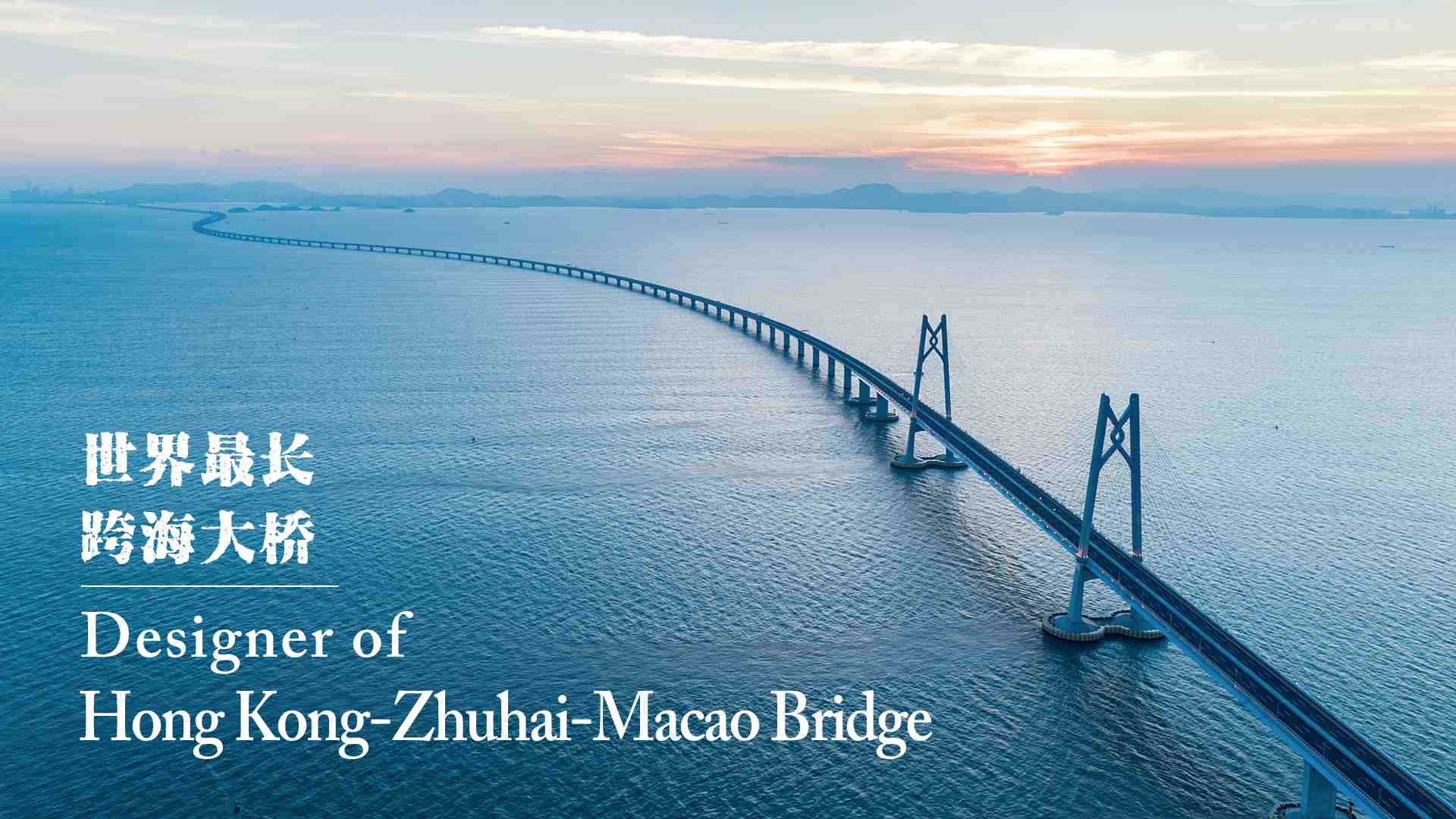
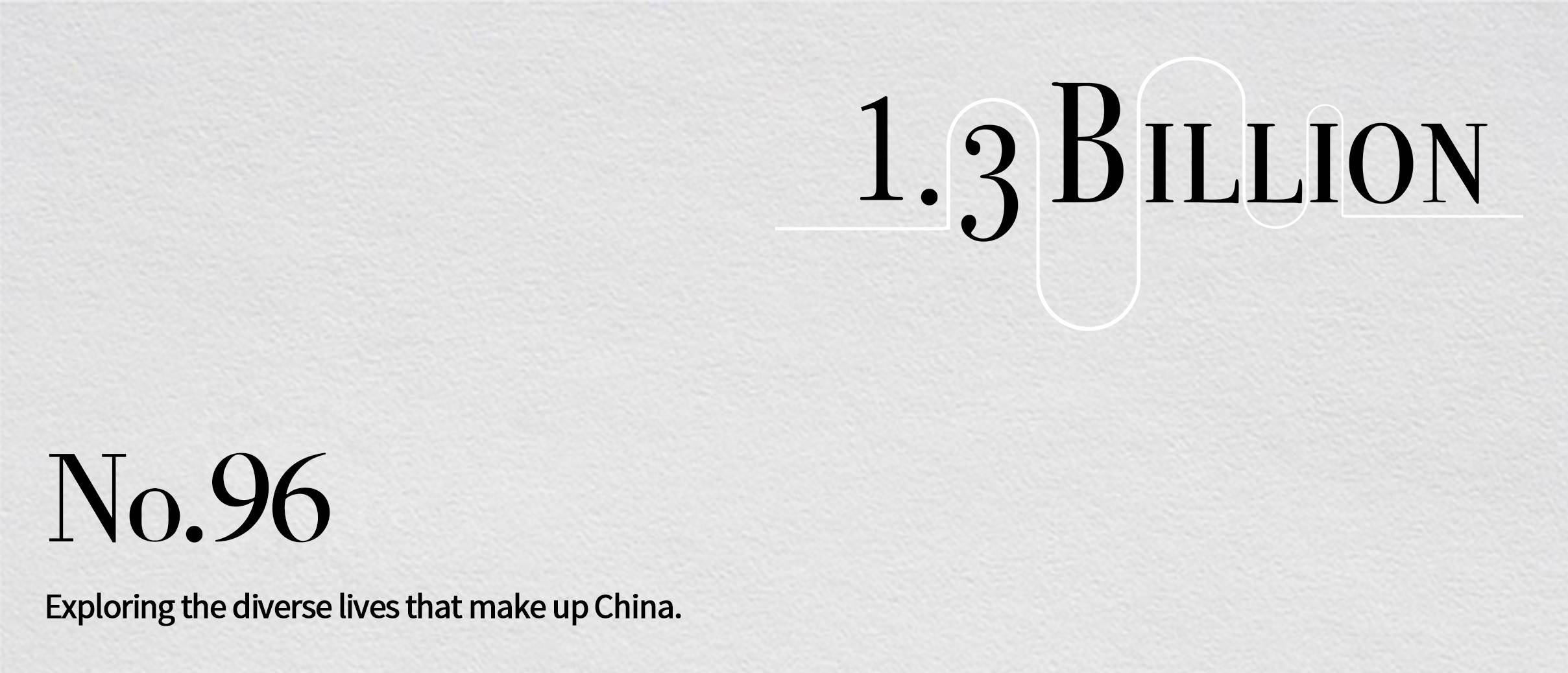
CGTN
CGTN
The Lingdingyang Channel is a trumpet-shaped estuary on the Pearl River, which stretches from Guangdong Province's Humen town in the north to Hong Kong and Macao in the south. The area with a 60 km radius has 14 cities and seven airports. It is one of the most important international waterways in China.
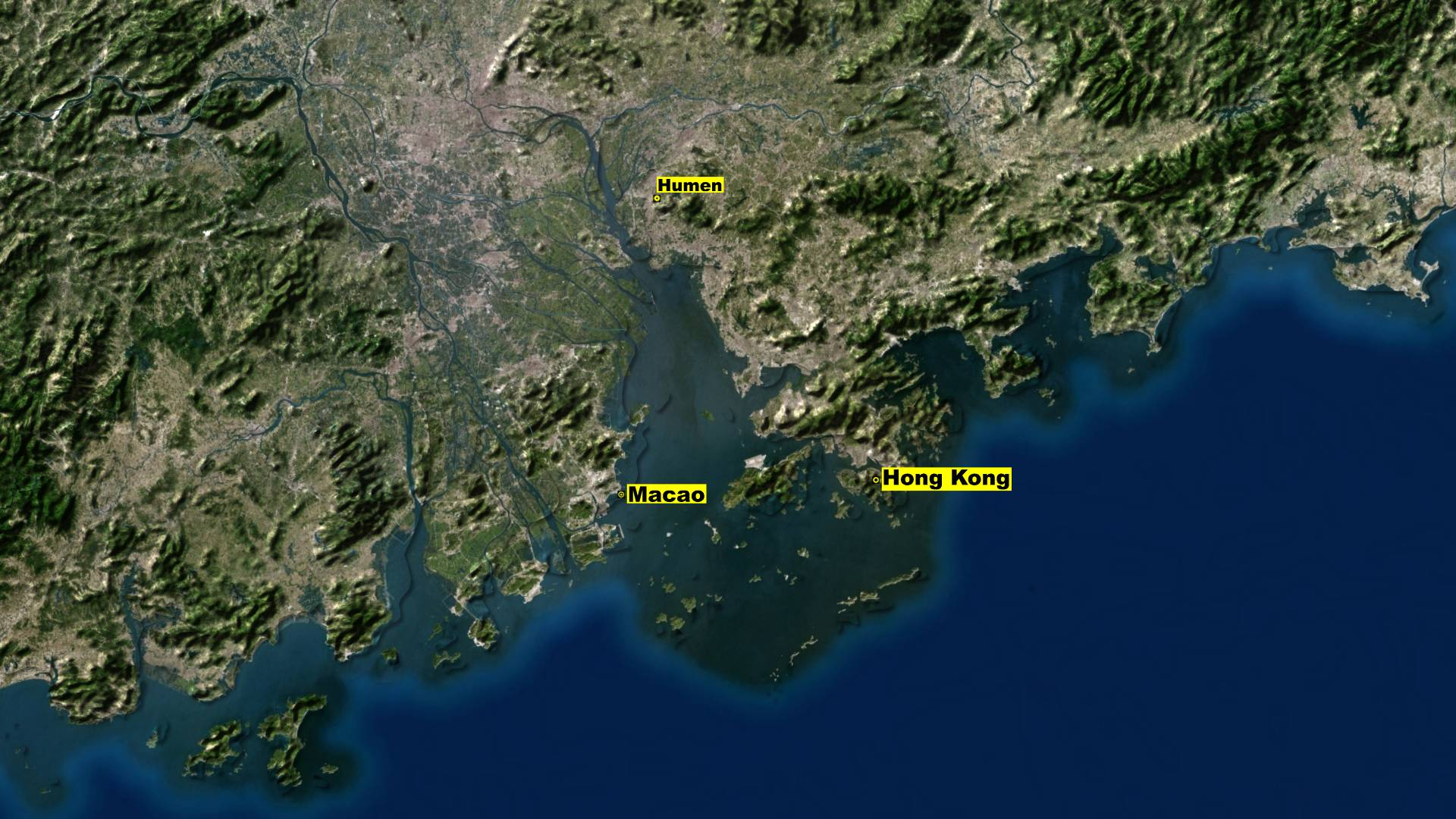
The Lingdingyang Channel, a trumpet-shaped estuary of the Pearl River in south China's Guangdong Province. /CGTN
The Lingdingyang Channel, a trumpet-shaped estuary of the Pearl River in south China's Guangdong Province. /CGTN
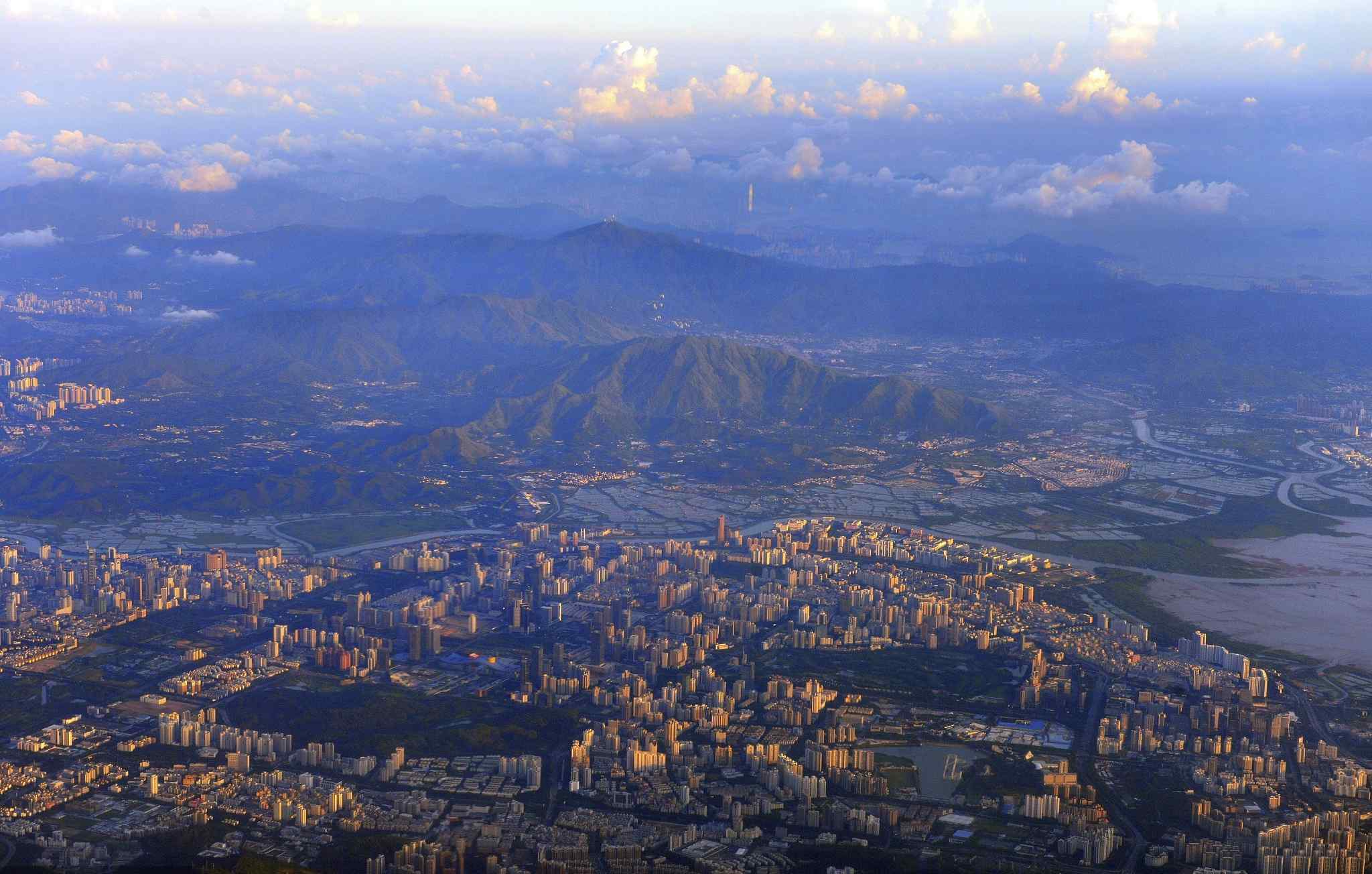
An aerial shot of Zhuhai, a city in south China's Guangdong Province. /VCG Photo
An aerial shot of Zhuhai, a city in south China's Guangdong Province. /VCG Photo
To further connect the major cities around the Lingdingyang Channel and develop commercial activities between Hong Kong, Macao and the mainland, the Hong Kong-Zhuhai-Macao Bridge was developed, with construction beginning in December 2009.
It's a huge project that is expected to cost more than 120 billion yuan. The whole bridge measures about 50 km, including an undersea tunnel of 6.7 km and four artificial islands. The Y-shaped bridge connects Zhuhai with Hong Kong and Macao.
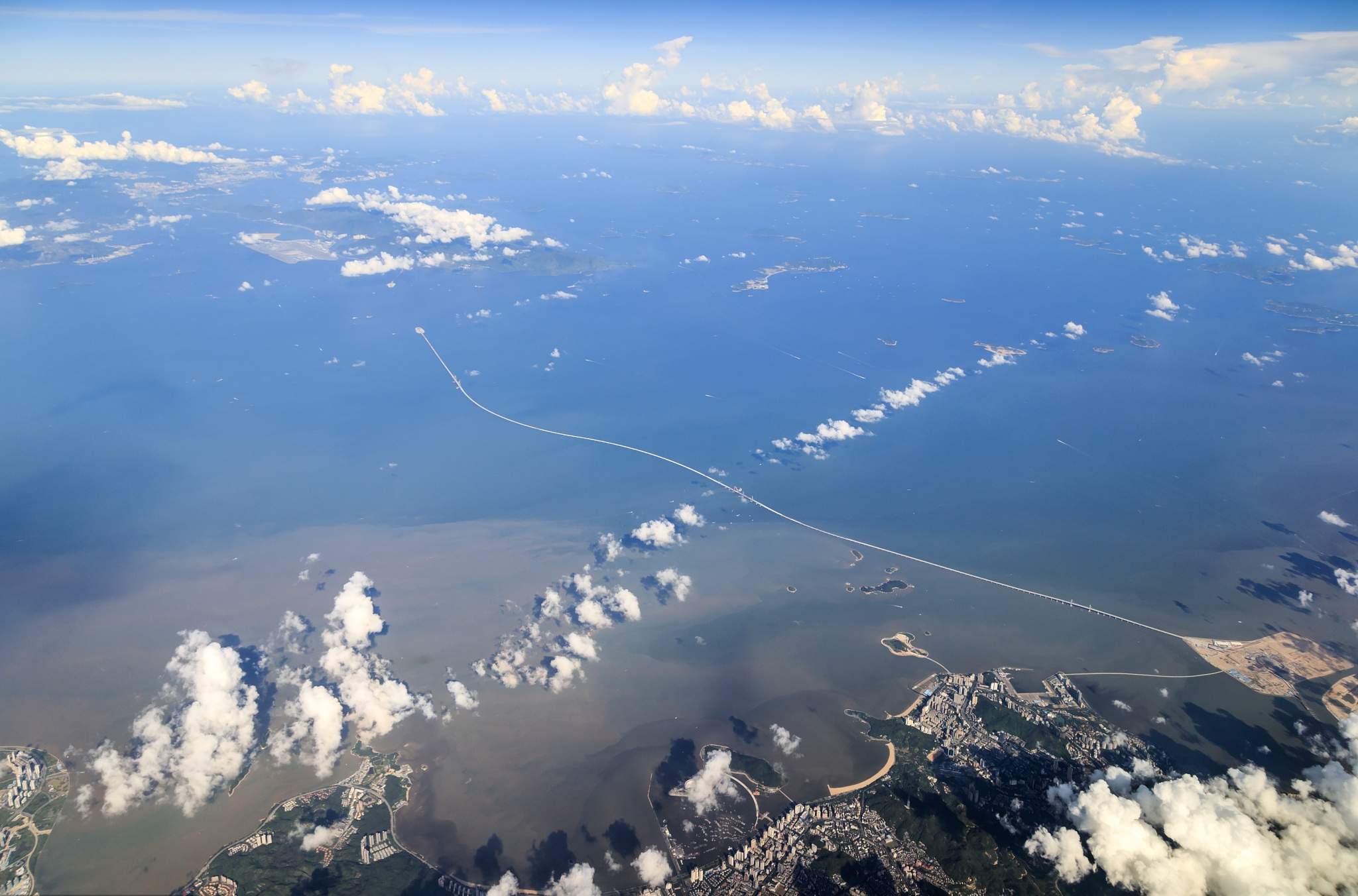
An aerial shot of the Hong Kong-Zhuhai-Macao Bridge, in south China. /VCG Photo
An aerial shot of the Hong Kong-Zhuhai-Macao Bridge, in south China. /VCG Photo
Meng Fanchao joined the engineering team in 2004 and is the chief designer of the main section of the bridge.
Meng took part in the College Entrance Examination in 1978, becoming one of the first college students during China's reform and opening-up period. His parents were both teachers and were strict with their children: "My parents always told us to behave well at the dinner table, to have good manner, and to live with honesty and integrity. Those are still fresh in my memory."
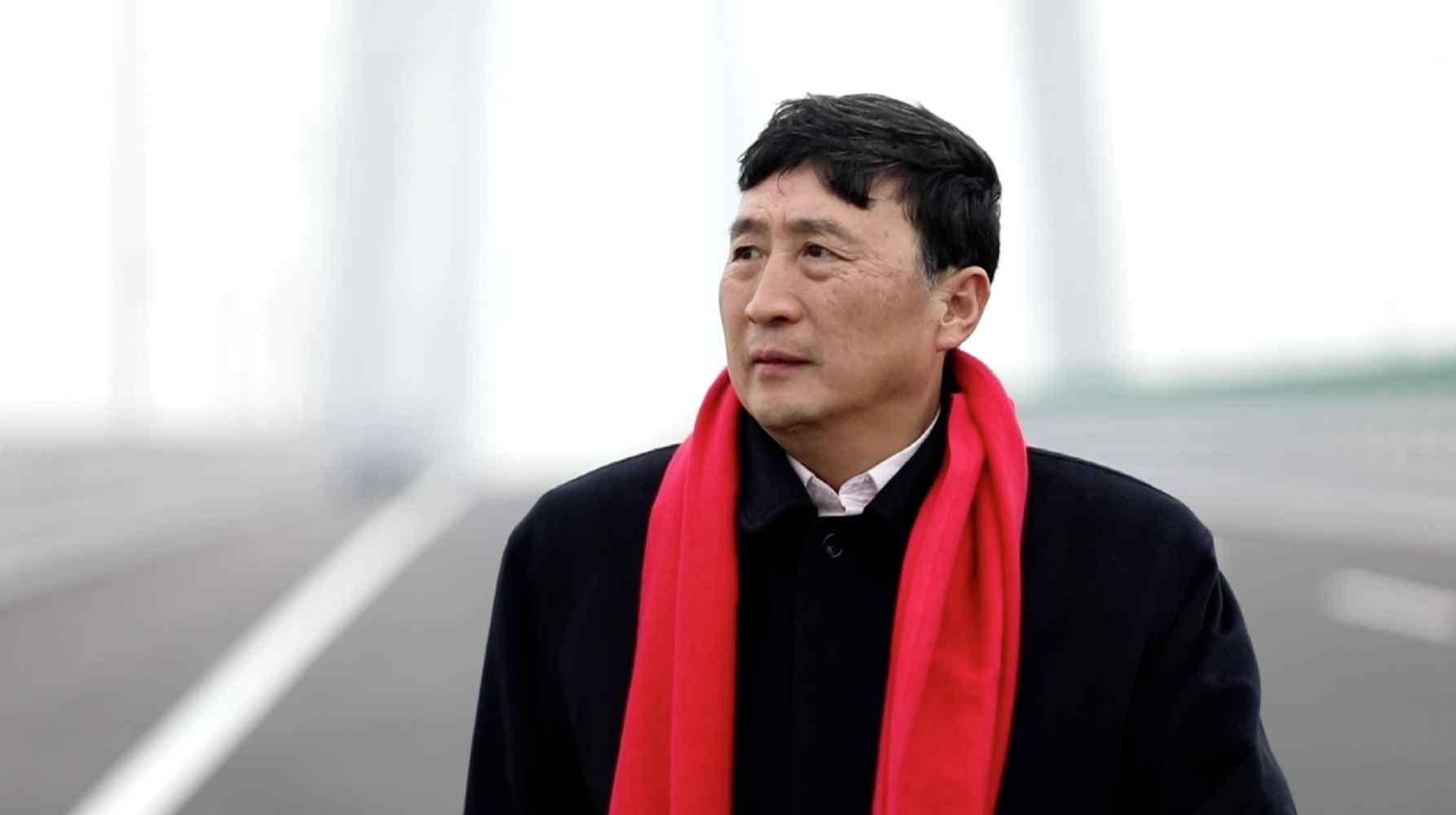
Meng Fanchao /CGTN Photo
Meng Fanchao /CGTN Photo
After graduating from the Department of Bridge and Tunnel Engineering of Chongqing Jiaotong University, he took part in many projects including the Shayang Hanjiang River Bridge, Bridge No. 5 of Mosul in Iraq, and the Huangshi Yangzte River Bridge, witnessing the progress and innovations in China's bridge construction technologies along the way.
The construction of the Hong Kong-Zhuhai-Macao Bridge is extremely complicated. It involves the co-coordinating three separate areas, as well as factoring in resistance to floods, strong winds and other environmental dangers.
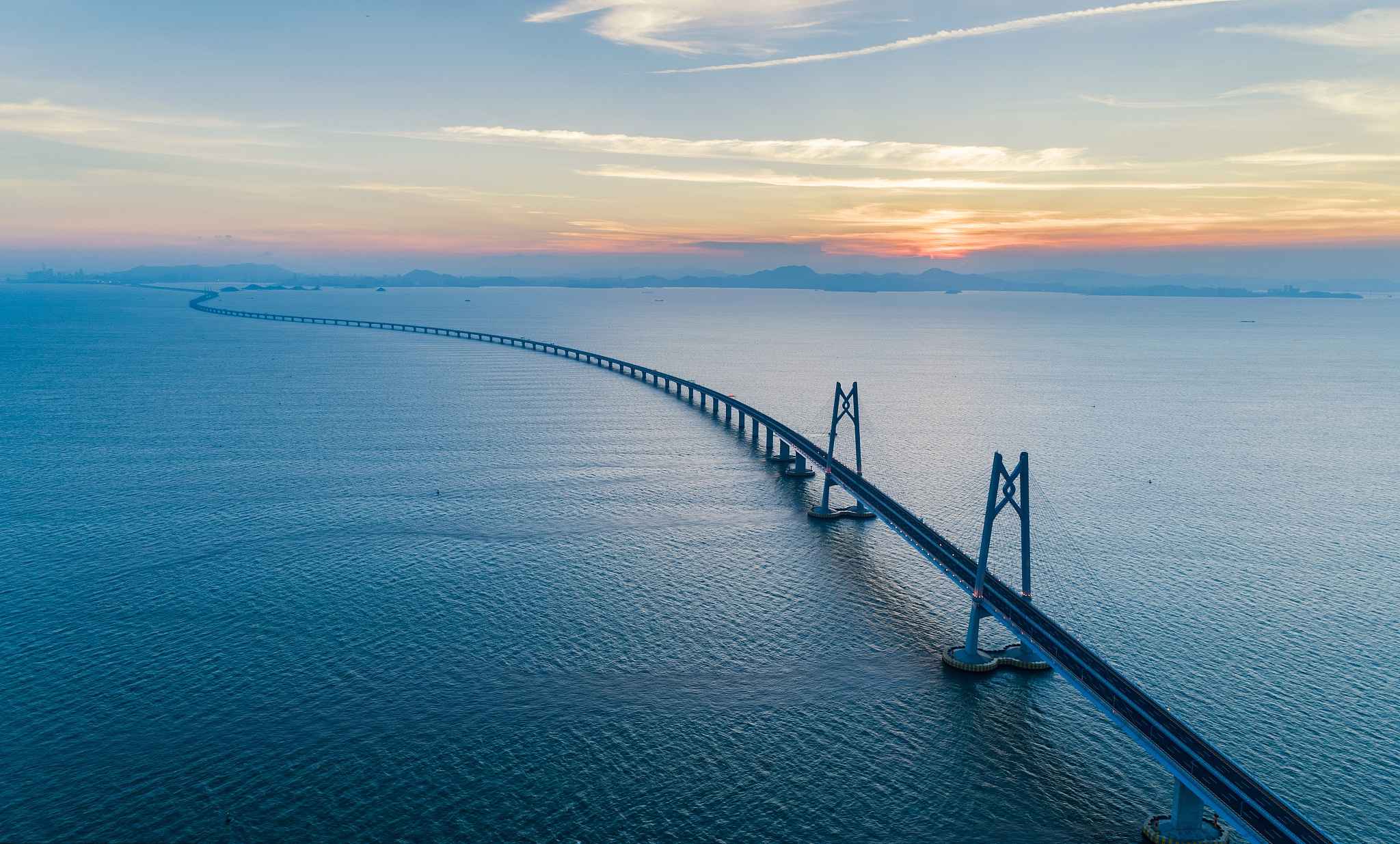
Hong Kong-Zhuhai-Macao Bridge /VCG Photo
Hong Kong-Zhuhai-Macao Bridge /VCG Photo
Aside from using rational designs and state-of-the-art technologies, Meng wanted to infuse the bridge with unique aesthetics and cultural elements. This is demonstrated in the decoration of the towers: "We adopted Chinese knots to symbolize the solidarity of the three areas, that we are taking joint efforts to build the bridge and the Guangdong-Hong Kong-Macao Greater Bay Area together."
The construction of the main bridge section was completed in February 2018. "Six years of planning and design, eight years of construction. 14 years is way too long for a bridge engineer." said Meng. In his prime when the project began, he is now approaching retirement and has graying hair. A middle school boy when it started, his son is now in his 30s. "You can say that me and my family made progress alongside the project."
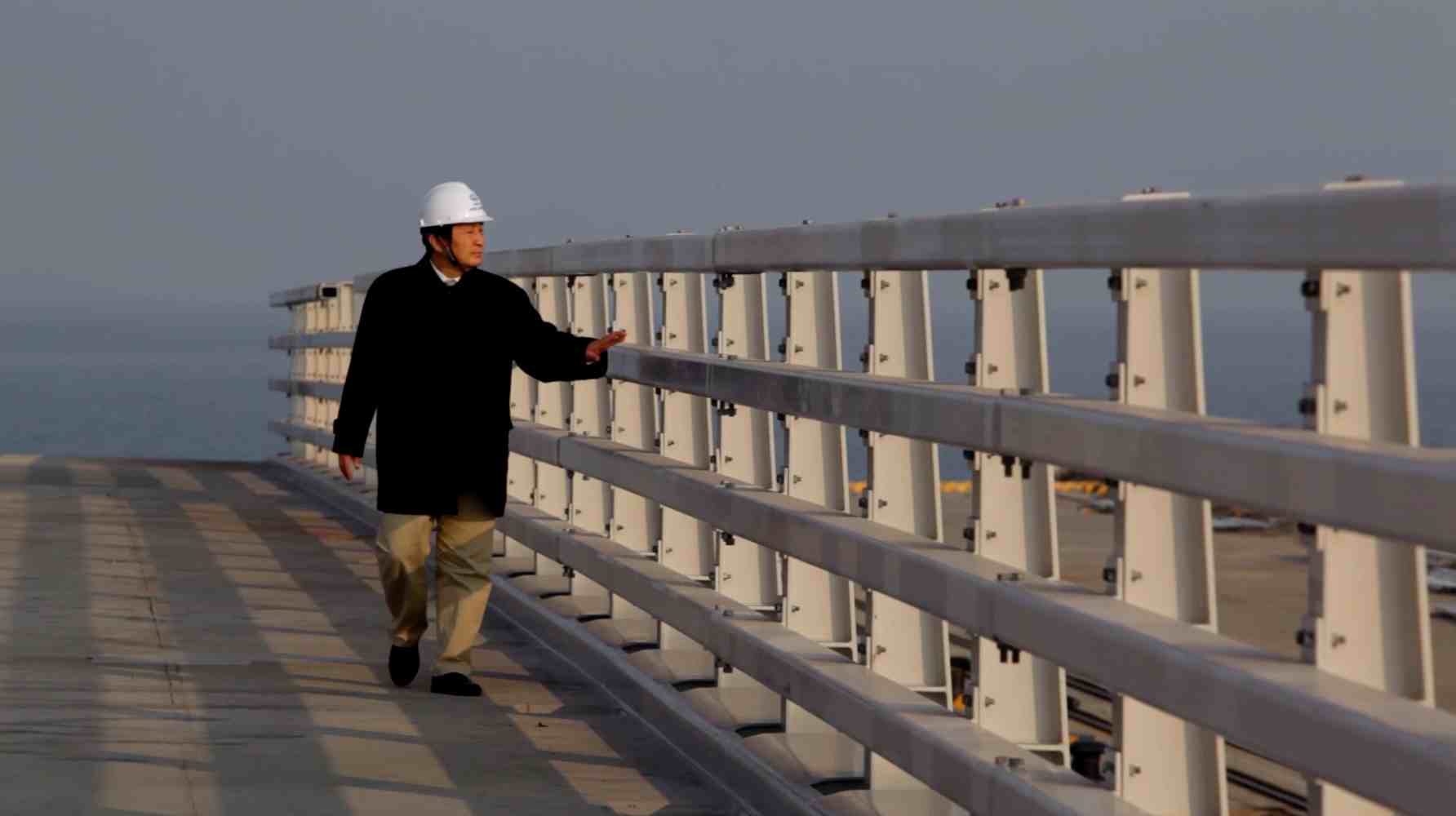
Meng Fanchao /CGTN Photo
Meng Fanchao /CGTN Photo
Meng's wife, Ouyang Hua'an, is also a senior engineer. She is in charge of most of the family's responsibilities as Meng is out on the construction site for almost nine months per year. According to Ouyang, Meng is quite clumsy at home: "He doesn't know how to use the new washing machine. He called me to say the stove was broken, when the battery had just ran out. You can't really blame him, can you?"
She fell for Meng years ago because of his persistence and ambition: "He is the type of person that's meant for great things. So part of me complains about doing chores alone, yet the other part feels really proud of him."
The bridge is expected to shorten the travel time between the east and west banks of the Pearl River Estuary from five hours to less than 60 minutes. The "Guangdong-Hong Kong-Macao one-hour living circle" will become reality.
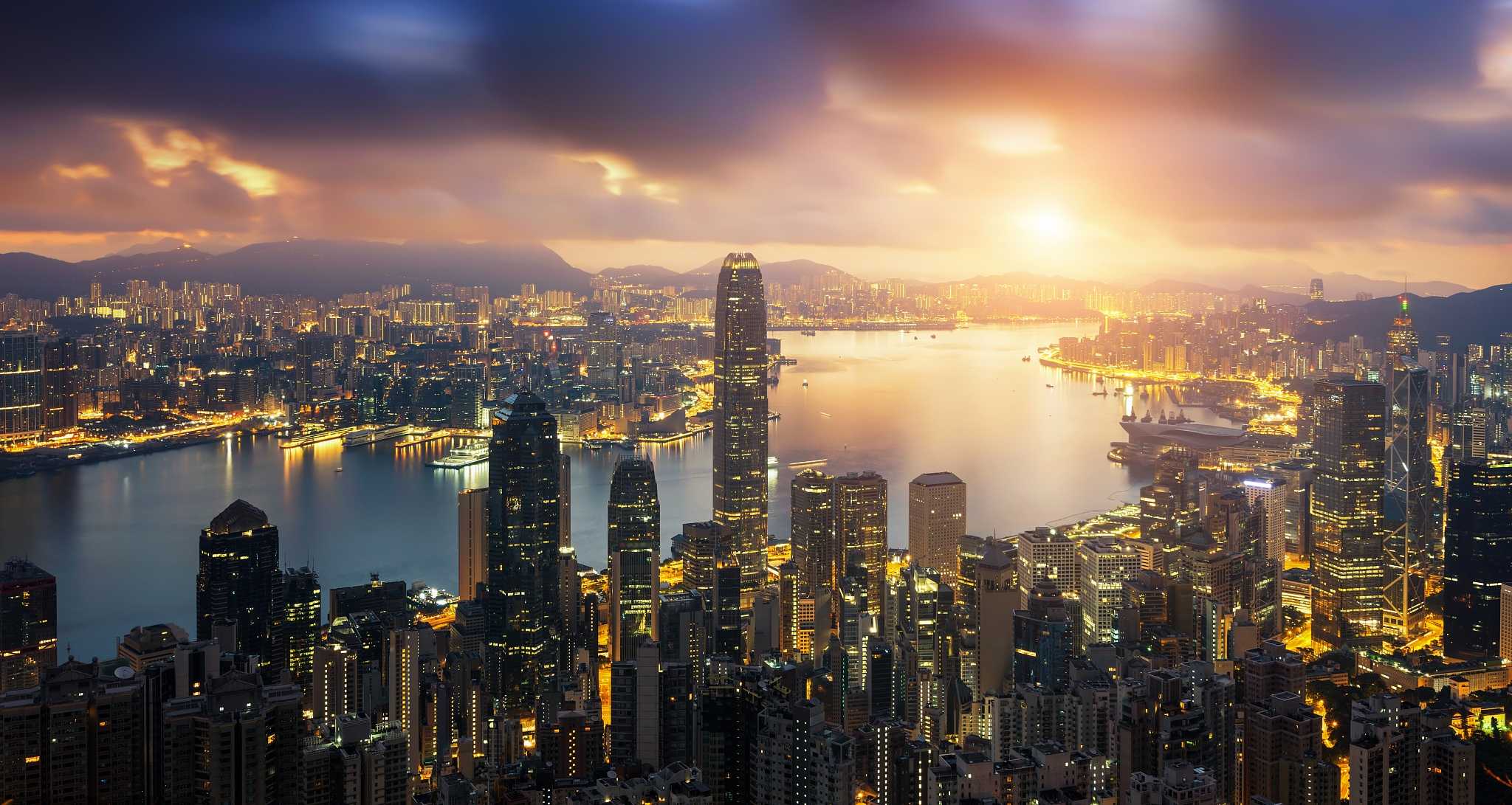
Hong Kong /VCG Photo
Hong Kong /VCG Photo
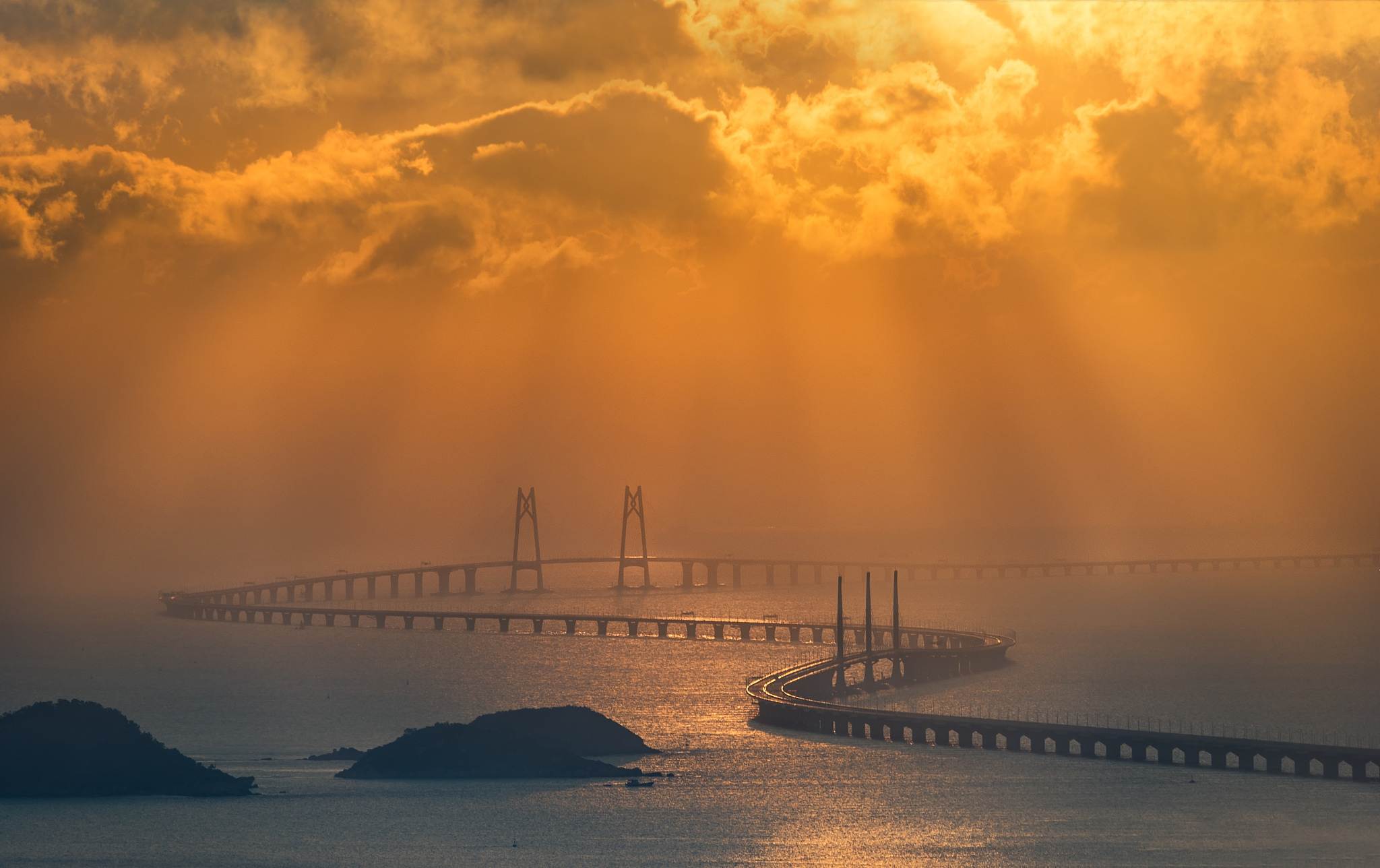
The "Guangdong-Hong Kong-Macao one-hour living circle" is expected to become reality. /VCG Photo
The "Guangdong-Hong Kong-Macao one-hour living circle" is expected to become reality. /VCG Photo
"A bridge is a structure that changes people's concept of time and space. It connects people with the world." Meng hopes that his family can drive through the bridge together in the near future: "It represents and fulfills my value as one of the bridge's builders.”

The story is one in The 1.3 Billion series exploring the diverse lives that make up China.
The story is one in The 1.3 Billion series exploring the diverse lives that make up China.

SITEMAP
Copyright © 2018 CGTN. Beijing ICP prepared NO.16065310-3
Copyright © 2018 CGTN. Beijing ICP prepared NO.16065310-3